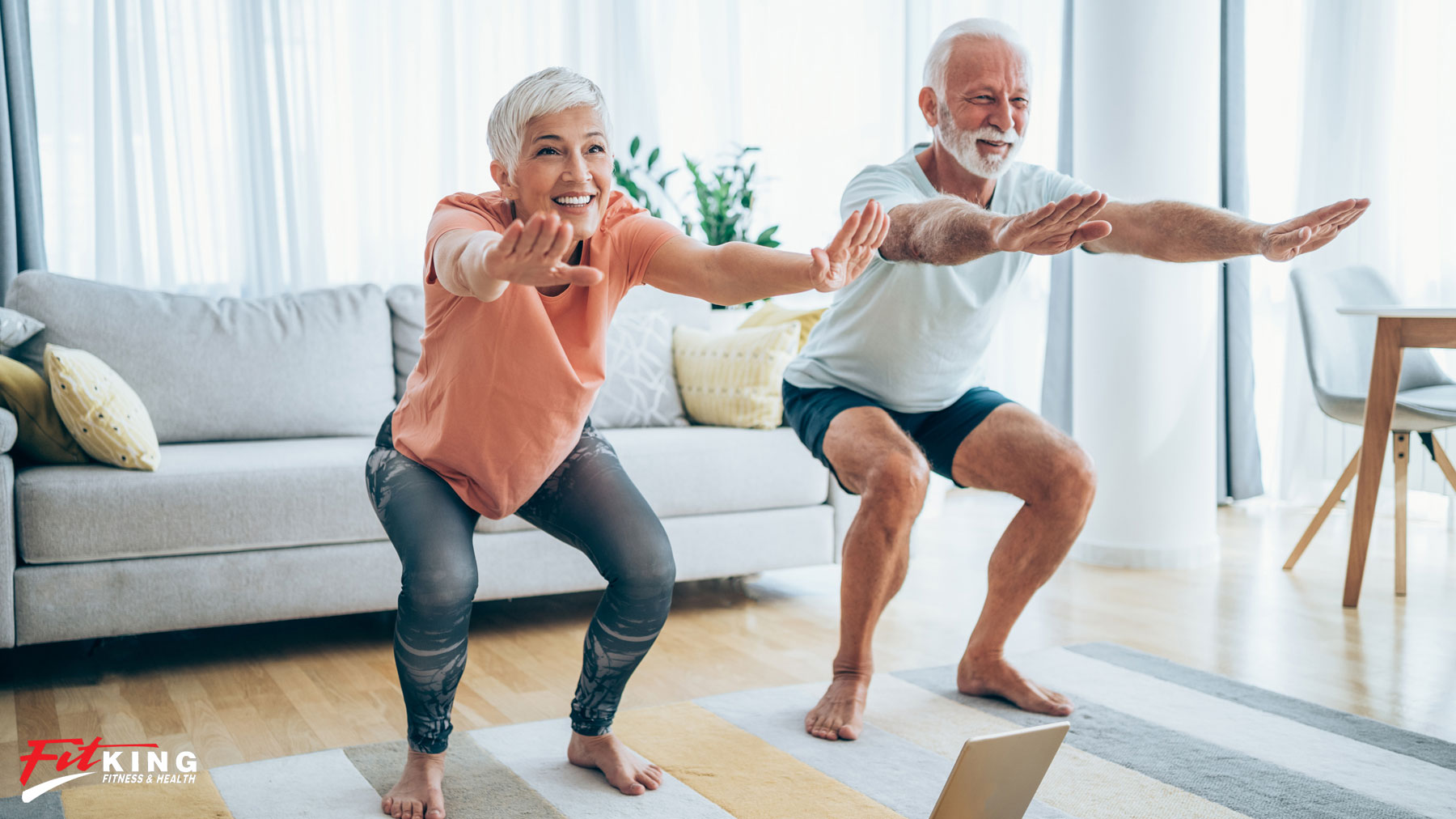
High-Intensity Interval Training, commonly known as HIIT, is a powerful and efficient way to improve cardiovascular health, build strength, and boost overall energy. While it’s often associated with younger, more athletic individuals, HIIT is incredibly adaptable and can be a safe and effective workout option for seniors as well. The key is to tailor the intensity and movements to your current fitness level, making it a gentle yet effective routine that fits your needs.
HIIT involves short bursts of activity followed by brief rest or low-intensity recovery periods. For seniors, this might look like 20 to 30 seconds of marching in place or stepping side to side, followed by 30 to 60 seconds of rest or slower movement. These intervals are repeated in cycles, allowing you to challenge your body without overexertion. One of the main benefits of HIIT is that it delivers results in less time compared to traditional workouts—just 15 to 20 minutes a few times a week can make a noticeable difference in strength, endurance, and balance.
Before getting started with HIIT, it’s important to take a few precautions. Always consult with your doctor, especially if you have any chronic conditions, mobility issues, or are recovering from an injury. Begin each session with a gentle warm-up to prepare your muscles and joints, and end with a cool-down and some light stretching to reduce soreness and improve flexibility. Hydration, proper footwear, and listening to your body are all critical components of a safe workout.
For beginners, a simple HIIT routine might include exercises like seated or standing marches, chair squats, wall push-ups, side leg raises, and arm presses using light dumbbells or water bottles. Start with 20 seconds of movement followed by 40 seconds of rest, and aim for 2–3 rounds depending on your comfort level. As your strength and confidence grow, you can slowly increase the duration or reduce rest time. Always prioritize form over speed, and never push through sharp pain or dizziness.
HIIT can offer seniors more than just physical benefits—it can also boost mental clarity, improve mood, and support independence by maintaining mobility and strength. With consistency, even a modest HIIT program can lead to lasting improvements in daily life. The best part? You don’t need a gym or fancy equipment. Just a chair, a little space, and a willingness to start.
Whether you're aiming to stay active, manage weight, or simply feel more energized, HIIT can be a wonderful addition to your routine. Start small, stay safe, and celebrate your progress—you’re never too old to feel stronger and live better.